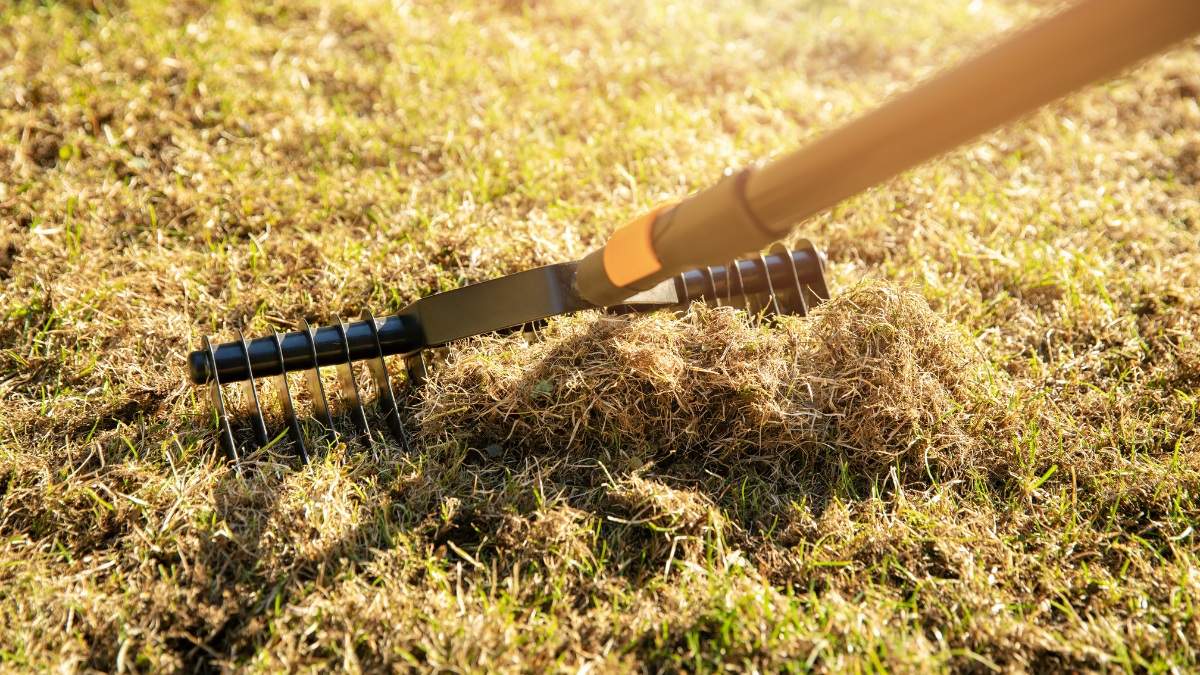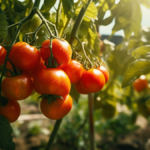The Hidden Gem of Lawn Care
When it comes to maintaining a lush and healthy lawn, many gardeners focus on mowing, watering, and fertilizing. However, there’s a lesser-known but essential tool that plays a significant role in rejuvenating your turf – the scarifying rake. This unassuming yet powerful implement can work wonders in revitalizing your lawn, and in this article, we’ll delve into the world of the scarifying rake and unlock its secrets.
What is a Scarifying Rake?
The Core of Scarifying: Understanding the Process
To comprehend the magic of the scarifying rake, it’s essential to grasp its purpose and the process it initiates. Scarification is a lawn care technique that involves gently combing through the turf to remove thatch, moss, and other debris that hinder healthy grass growth. A scarifying rake, also known as a dethatching rake, boasts closely spaced, sharp tines that penetrate the surface and help loosen and lift unwanted material.
The Benefits of Scarification
Reviving Your Lawn: The Key Benefits
Scarifying your lawn with the appropriate rake yields several benefits that directly contribute to the overall health and beauty of your grass.
- Thatch Removal
Thatch, a layer of dead grass and roots that accumulates on the soil’s surface, can create a barrier, preventing essential nutrients and water from reaching the grassroots. Scarification effectively removes this thatch, allowing your lawn to breathe and absorb nutrients more efficiently.
- Moss Control
Moss can be a persistent problem in lawns, especially in damp and shaded areas. Scarifying rakes effectively lift moss, allowing you to clear it away and discourage its re-establishment.
- Encouraging New Growth
By breaking up compacted soil and creating tiny furrows, scarifying encourages new grass shoots to emerge. This process promotes denser growth and fills in any thin or bare patches.
- Enhanced Nutrient Absorption
With thatch removed and soil aerated, your lawn’s root system gains better access to vital nutrients and water, leading to healthier and greener turf.
- Improved Lawn Appearance
Regular scarification gives your lawn a fresh and groomed appearance. The removal of thatch and moss results in a more vibrant and well-manicured lawn.
Using the Scarifying Rake
Best Practices for Optimal Results
While the scarifying rake is a valuable tool, improper use can lead to lawn damage. Follow these best practices for optimal results:
- Choose the Right Time
The best time to scarify your lawn is during its active growing season. For cool-season grasses, early spring or early fall are ideal. Warm-season grasses should be scarified in late spring or early summer.
- Mow First
Before scarifying, mow your lawn to a shorter height than usual. This step helps the rake’s tines reach the thatch and moss more effectively.
- Dry Conditions
Scarifying is most effective when the lawn is dry. Avoid scarifying right after heavy rain or watering to prevent soil compaction.
- Scarify in Multiple Directions
To ensure even coverage, scarify your lawn in multiple directions. This approach ensures that all areas receive thorough treatment.
- Clean Up Debris
After scarifying, rake up the debris and thatch that the scarifying rake has lifted from the lawn. Compost or dispose of this material appropriately.
Conclusion: Embrace the Power of the Scarifying Rake
As you embark on your journey of lawn care, don’t overlook the humble scarifying rake. Embracing this powerful tool will set your lawn on the path to lushness and beauty. By understanding the technique and following best practices, you can transform your turf into a verdant paradise. So, equip yourself with a scarifying rake and witness the magic unfold in your lawn, welcoming a healthier, greener, and more vibrant outdoor space for you and your loved ones to enjoy. Happy scarifying!



